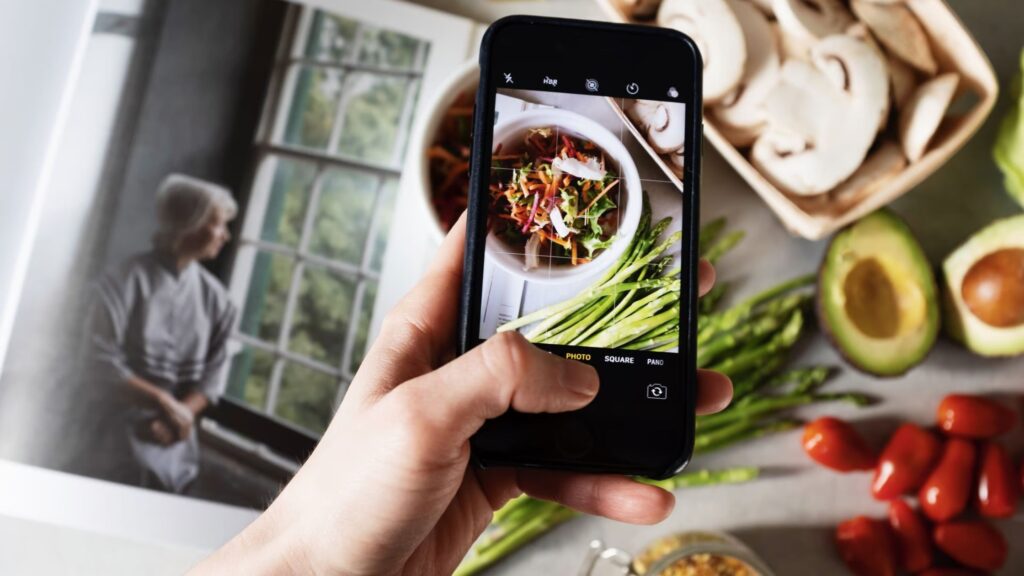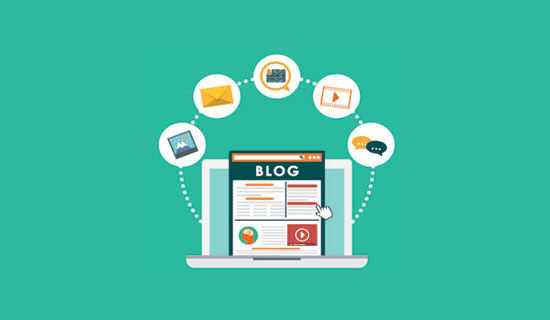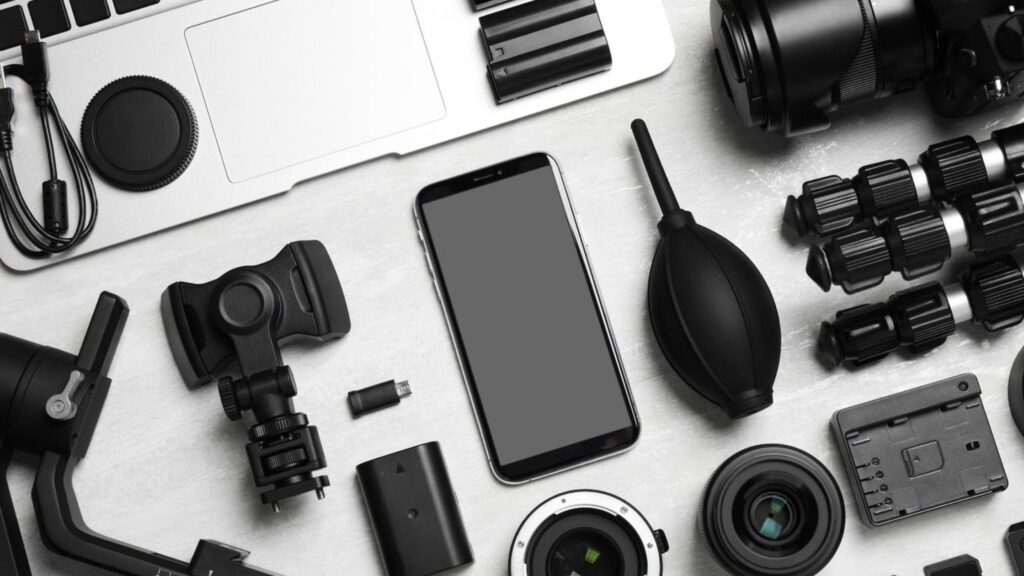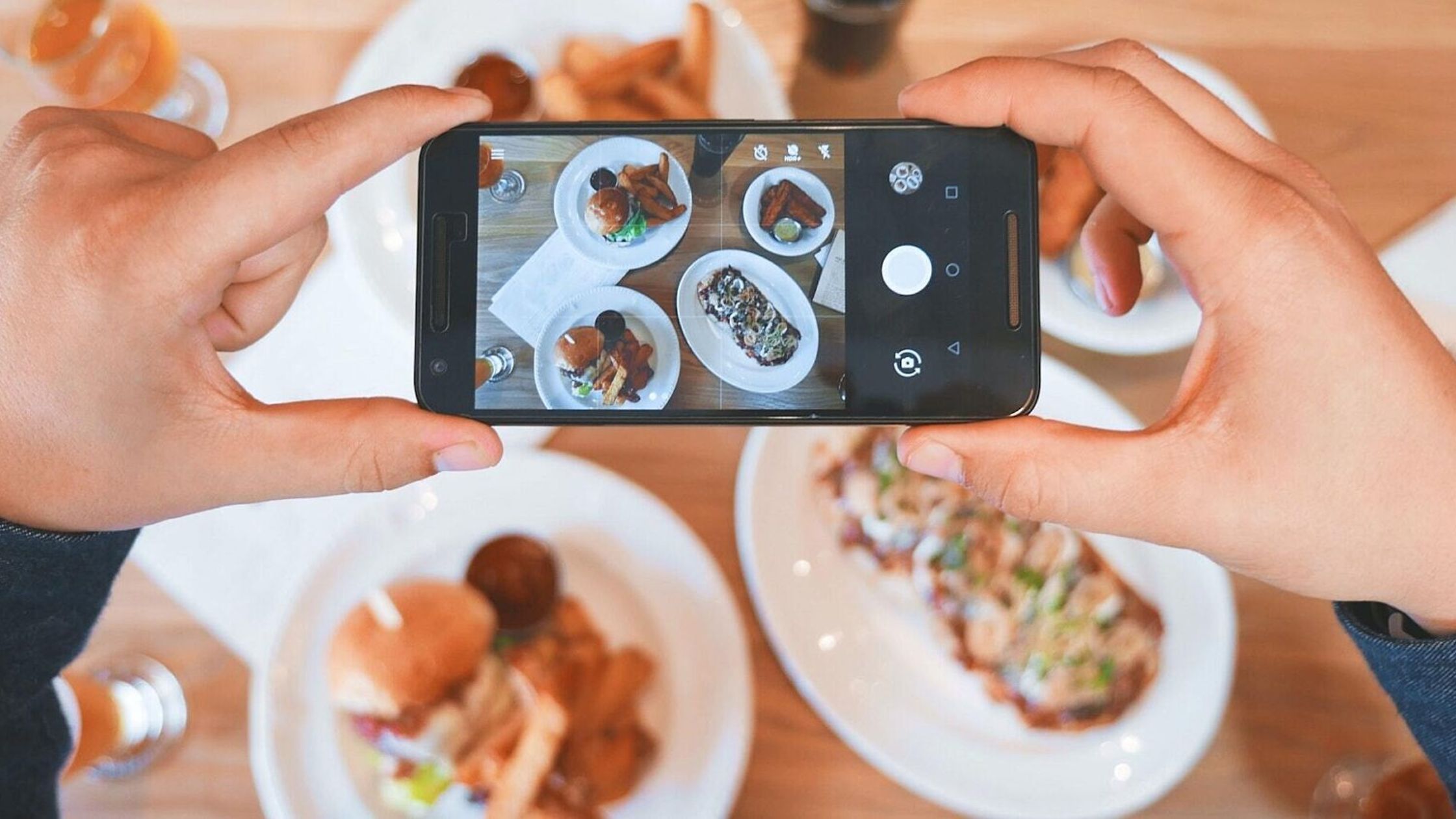Food blogging involves creating and sharing food-related content, such as recipes, cooking techniques, restaurant reviews, and food-related travel experiences. This content is usually published on a blog or website and may include high-quality photographs, engaging writing, and multimedia elements such as videos.

The main goal of food bloggers is to attract people who are interested in food and cooking, and to make the blog receive financial benefits through advertising, sponsored content, affiliate marketing, and product sales. This approach allows food blogging to turn their passion for food into a profitable venture.
Table of Contents
1. Choosing a niche selecting a specific food-related topic or cuisine
To be successful in food blogging, the first step is to choose a niche. Niche means that you select a particular topic or cuisine for your blog that you will focus on. This topic should be based on your personal interests and expertise. For example, you can focus on healthy eating, homemade desserts, specialties from around the world, or cuisine from a particular region. Choosing a niche gives your blog a unique identity and helps you better attract your target audience. This niche will help you build a stable and unique brand, allowing you to create a strong position in the world of food blogging.
2. Creating a Blog – Registering a Domain and Setting Up a Website Using WordPress
Food blogging : The very first step to start creating a blog is to register a domain name and set up a website. First, you need to choose a suitable domain name that matches the topic and brand of your blog. Next, register this domain using a domain registrar service. After purchasing the domain name, you choose a web hosting service that will make your website live on the internet. There are many affordable hosting services available for this.

Now, use a blogging platform like WordPress. WordPress is a popular and easy-to-use platform that lets you easily create a blog without any coding. To set up a website on WordPress, login to your web hosting account and install WordPress through a one-click installation. Next, you can customize the design and functionality of your website using various WordPress themes and plugins. This process will help make your blog look professional and attractive, giving your readers a great experience.
3. Design your blog – for an attractive and user-friendly experience
Designing your blogging is an important step to provide your readers with a positive and professional experience. First, choose a clear and attractive theme that suits your niche and brand. A good blog design should be simple, clean and easy to navigate. Make sure your website is mobile-friendly, as most users will be visiting the website on mobile.
Set the colors, fonts and layout of your website in a way that highlights your content and makes it easy for readers to read. Use visuals such as high-quality images and attractive graphics to make your website look more attractive. Also, organize the navigation menu and sidebar so that readers can easily navigate to different sections. A good blog design enhances the quality of your content and helps the audience stay on your site for a longer time.
4. Invest in equipment – Buy a good camera and food styling equipment
For food blogging, high-quality images and attractive styling are extremely important. For this, buying a good camera is an important step. With a good camera, you can take pictures of your food in clear and professional quality, which will increase the visual appeal of your blog. If the budget is limited, a smartphone camera can also work, but a DSLR or mirrorless camera would be a better option for high-quality pictures.

Apart from this, food styling equipment such as styling paintbrushes, plates, bowls, and backdrops are required so that you can present your food attractively. The combined price of these equipment can range from around ₹10,000 to ₹20,000. With the right equipment, you can make your blog look professional and attractive, attracting more viewers.
5. Develop content Write and publish engaging food articles, recipes, and reviews
Developing content is extremely important on a food blogging because it determines the identity and success of your blog. First, you need to choose a clear and specific topic for your blog, such as a particular type of food item, recipes, or food trends. Next, start writing engaging and informative food articles. Include new food trends, healthy tips, and creative ideas in the article that will inspire readers and make them want to return to your blog.
Next, present a variety of recipes, which are written clearly and in detail. Make sure that each step in the recipes is explained in detail so that readers can easily follow the recipes. Also, include high-quality photos and videos that show the beauty and appeal of the dish.
Reviews also add value to your blog. Review restaurants, food products, and cooking equipment honestly, share your personal experience, and provide authentic information to readers. Thus, the content you develop will be helpful in attracting and retaining your blog readers, thereby increasing the credibility and popularity of your blog.
6. Promote your blog: Use social media, SEO, and networking
It is extremely important to effectively use social media, SEO (search engine optimization), and networking to promote your food blog. To increase your blog’s presence on social media, you should be active on platforms such as Facebook, Instagram, Twitter, and Pinterest. Regularly share links to your blog, photos of delicious recipes, and cooking tips to engage with your audience and keep them interested.
SEO is important to improve your website’s ranking in search engines like Google. For this, use the right keywords in your blog posts, optimize meta tags and descriptions, and work to get quality backlinks. SEO will increase your website’s visibility and bring more people to your blog.

Networking is also an important part of blog promotion. Build relationships with other food bloggers, food critics, and culinary enthusiasts. Write guest posts on each other’s blogs, share and exchange links. This will not only increase your reach but will also increase your credibility and trustworthiness, which will help increase your blog traffic.
7. Monetization Methods: Advertising, Affiliate Marketing and Sponsored Posts
There are various monetization methods to generate income from food blogging. The first method is Advertising, where you can run banner ads or PPC (pay-per-click) ads on your website. For this, you have to join an ad network like Google AdSense, which shows ads on your website and pays you on a per click or per impression basis.
The second method is Affiliate Marketing, where you promote other companies’ products or services on your blog and when your readers buy those products, you get a commission. For this, you have to join affiliate programs, such as Amazon Associates, and put affiliate links on your blog.
The third method is Sponsored Posts, where companies or brands pay you to write about their products or services on your blog. This is a good method, especially if your blog targets a specific audience.
By adopting all these methods, you can monetize your food blogging and create a steady income source.
8. Estimated Initial Investment in Food Blogging Business
Food blogging : The initial investment to start a food blogging business can range between ₹15,000 to ₹30,000. First of all, you will have to spend for a domain name and hosting service, which can range from around ₹3,000 to ₹5,000. After this, a professional website design and setup will cost ₹5,000 to ₹8,000, which includes a good theme and necessary plugins.
Photography requires a good quality camera, which you can get for between ₹7,000 to ₹12,000. Apart from this, a budget of ₹2,000 to ₹3,000 can be set for some basic equipment and materials for food styling, such as backdrops, props, and styling brushes. Overall, you can make an initial investment of ₹15,000 to ₹30,000 to fulfil all these needs.
Conclusion
Food blogging involves creating and sharing food-related content, such as recipes, cooking techniques, restaurant reviews, and food-related blogging and travel experiences. This content is usually published on a blog or website and may include high-quality photographs, engaging writing, and multimedia elements such as videos.
The main goal of food blogging is to attract people who are interested in food and cooking, and to make the blog receive financial benefits through advertising, sponsored content, affiliate marketing, and product sales. This approach allows food blogging to turn their passion for food into a profitable venture.
If u want to Watch the Video You can visit to our You tube Businovations Channel and watch the video……
Click the link to read the Recent Posts….
How to Start a Nursery Business: With Easy Strategies (224)

